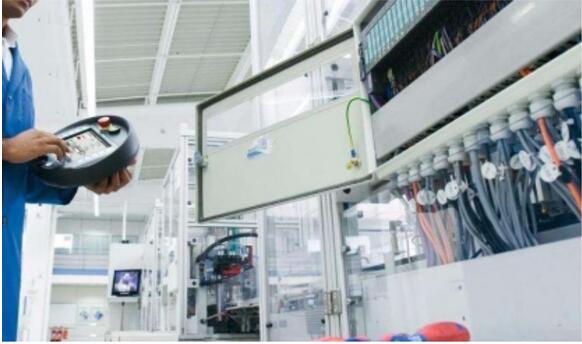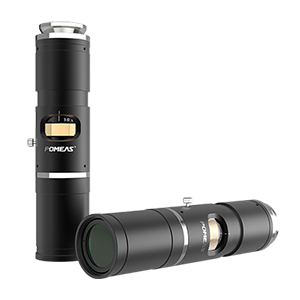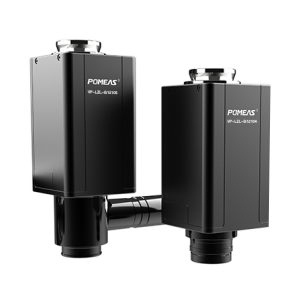The quadratic imager is a precision measuring instrument, which measures and analyses the image of an object to get the shape, geometric dimensions and other parameters of the object. This kind of instrument is widely used in machinery manufacturing, electronics, automotive, aerospace and other fields, and plays an important role in the quality control of products and the optimisation of the production process.
In the quadratic imaging instrument, the role of the lens is crucial. It not only needs to focus the image of the object on the image sensor, but also needs to ensure the clarity and accuracy of the image. The quality of the lens directly affects the measurement accuracy and stability of the secondary imaging instrument.

There are a wide variety of lenses on the market, including fixed-focus lenses, telecentric lenses, zoom lenses, and so on. However, zoom lenses are usually regarded as the first choice in secondary imaging instruments. This is because the zoom lens has the following advantages:
1. Flexibility: the zoom lens can change the magnification within a certain range, making the secondary imaging instrument can be adapted to the measurement of objects of different sizes and distances. This improves the scope of use and flexibility of the instrument.
2. High precision: the optical design and manufacturing process of the zoom lens is usually more complex, which makes it have a higher imaging quality and precision. In the quadratic imaging instrument, the high precision lens can ensure the accuracy and stability of the measurement results.
3. Good stability: Because the optical structure of the zoom lens is more stable, so its performance is less affected by the ambient temperature and humidity. This enables the secondary imaging instrument to provide stable measurement results in a variety of environments.
In a quadratic imager, choosing the right lens is key to ensuring measurement accuracy and stability. By using a zoom lens, the secondary imager can adapt to the measurement of objects of different sizes and distances, improving the range and flexibility of use, while ensuring the accuracy and stability of the measurement results. This plays an important role in product quality control and production process optimisation in the fields of machinery manufacturing, electronics, automotive and aerospace.
Product recommendation
TECHNICAL SOLUTION
MORE+You may also be interested in the following information
FREE CONSULTING SERVICE
Let’s help you to find the right solution for your project!











 ASK POMEAS
ASK POMEAS  PRICE INQUIRY
PRICE INQUIRY  REQUEST DEMO/TEST
REQUEST DEMO/TEST  FREE TRIAL UNIT
FREE TRIAL UNIT  ACCURATE SELECTION
ACCURATE SELECTION  ADDRESS
ADDRESS Tel:+ 86-0769-2266 0867
Tel:+ 86-0769-2266 0867 Fax:+ 86-0769-2266 0867
Fax:+ 86-0769-2266 0867 E-mail:marketing@pomeas.com
E-mail:marketing@pomeas.com
